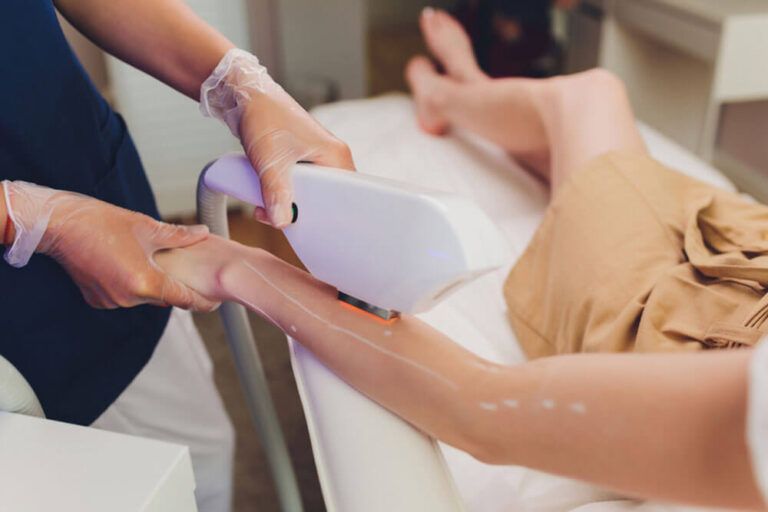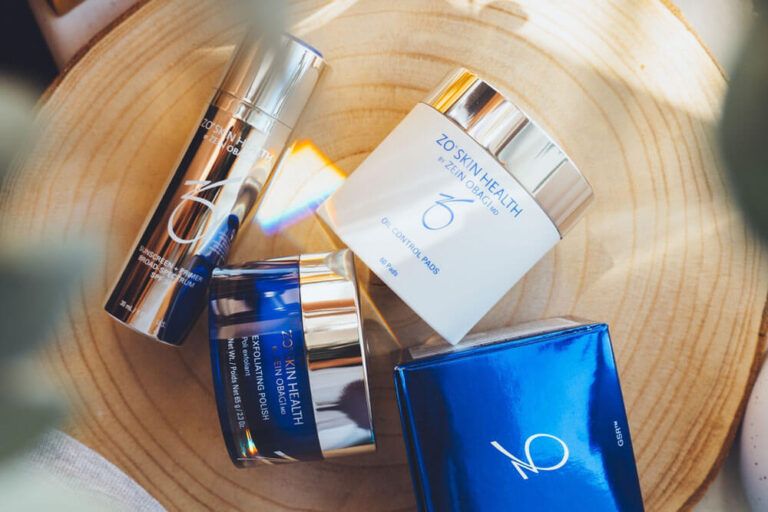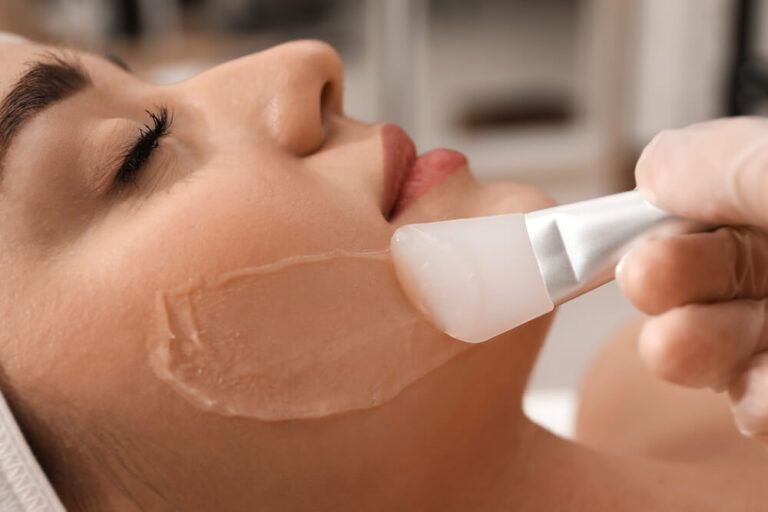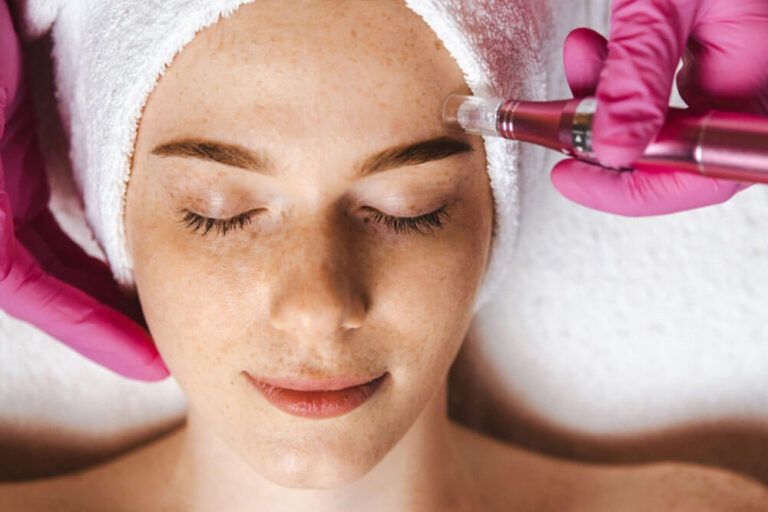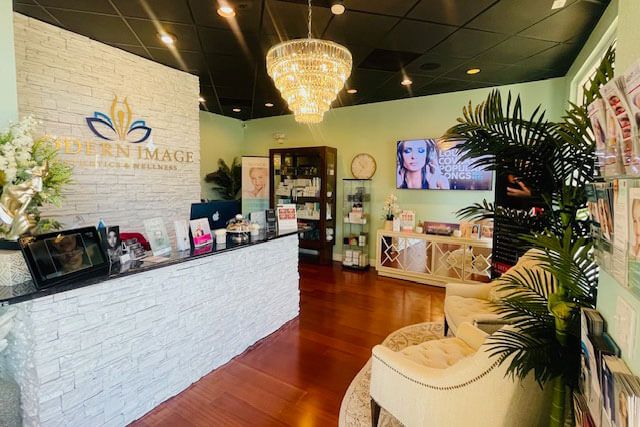Spider veins are those small, web-like red, blue, or purple veins that often appear on the legs or face, and can be a source of both cosmetic concern and physical discomfort for many individuals. While they are generally harmless, their visibility can affect self-confidence and even lead to symptoms like aching or burning sensations. Fortunately, advancements in aesthetic medicine have made it easier than ever to treat spider veins effectively and non-invasively. Laser vein treatment is a safe, precise, and increasingly popular option for those looking to restore clear, smooth skin. In this blog, we’ll explore how laser vein treatment works, who it’s best suited for, and what to expect from this cutting-edge solution.
In This Blog:
- What are Spider Veins?
- Why Do People Choose to Treat Spider Veins?
- How Laser Vein Treatment Works
- What to Expect During the Procedure
- Recovery and Aftercare
- Results and Effectiveness
- Who is a Good Candidate for Spider Vein Treatment?
- Alternative or Complementary Treatments
What Are Spider Veins?
Spider veins, also known as telangiectasias, are small, dilated blood vessels that appear close to the surface of the skin. They often resemble a web-like or branching pattern and may appear red, blue, or purple in color. These veins are most commonly found on the legs and face but can occur anywhere on the body. Although spider veins are usually not harmful, they can cause self-consciousness and, in some cases, minor discomfort.
Several factors contribute to their development, including genetics, hormonal fluctuations, pregnancy, aging, and occupations that involve prolonged standing or sitting. Over time, weakened vein valves and poor circulation can lead to the pooling of blood in small capillaries, resulting in visible spider veins.
Why Do People Choose to Treat Spider Veins?
For many individuals, the decision to treat spider veins is driven by aesthetic concerns. Visible veins on the legs or face can make people feel self-conscious, especially during warm-weather months when more skin is exposed. Addressing spider veins can lead to greater confidence in one’s appearance and comfort in clothing choices.
Beyond cosmetics, some people experience symptoms such as aching, throbbing, or a burning sensation in areas affected by spider veins. Treating them can alleviate these minor physical discomforts and prevent the veins from becoming more pronounced over time. Additionally, early intervention may reduce the risk of developing more serious venous issues in the future.
How Laser Vein Treatment Works
Laser vein treatment uses focused beams of light to target and collapse spider veins without damaging the surrounding skin. The laser emits heat that causes the blood within the vein to coagulate, eventually causing the vein to seal shut. Once closed, the body gradually reabsorbs the vein, and its appearance fades over time.
Medispas commonly use long-pulsed lasers such as the Nd:YAG laser, which can penetrate the skin at the right depth to treat small veins effectively. This treatment is precise, making it ideal for targeting fine spider veins on the face and legs. Unlike surgical procedures, laser treatment is non-invasive, requires no incisions, and usually involves minimal downtime.
What to Expect During the Procedure
Before beginning treatment, patients typically undergo a consultation to assess their skin type, vein visibility, and overall suitability for laser therapy. On the day of the procedure, the skin is cleansed, and protective eyewear is provided. A cooling device or gel may be applied to enhance comfort and protect the surrounding tissue.
During the procedure, the laser is passed over the targeted veins in short pulses. Patients often describe the sensation as a series of mild stings or snaps, similar to the snap of a rubber band. Most sessions last between 15 and 45 minutes, depending on the size and number of areas being treated.
While some veins may disappear immediately, others fade gradually over several weeks. Multiple sessions may be required to achieve optimal results, especially for larger or more extensive areas of spider veins.
Recovery and Aftercare
One of the key advantages of laser vein treatment is the minimal recovery time. Most patients can return to their regular activities shortly after the procedure. However, some temporary side effects may occur, such as redness, swelling, mild bruising, or a warming sensation at the treatment site. These typically subside within a few days.
Aftercare is important to ensure proper healing and optimal results. Patients are often advised to:
- Avoid direct sun exposure and use sunscreen to protect the treated area.
- Refrain from hot baths, saunas, or strenuous exercise for at least 24–48 hours.
- Wear compression stockings if recommended, especially for leg vein treatment.
- Keep the area clean and moisturized to promote skin recovery.
Following these guidelines can help reduce the risk of complications and encourage quicker fading of treated veins.
Results and Effectiveness
Laser vein treatment is highly effective for eliminating or reducing the appearance of spider veins. While some veins may respond after just one session, most patients require two to three treatments spaced several weeks apart to achieve optimal outcomes.
Visible improvements can typically be seen within a few weeks, and results continue to improve over time as the body absorbs the treated veins. Although new spider veins can form in the future, treated veins do not reappear. With proper maintenance and a healthy lifestyle, results can be long-lasting and satisfying.
Who Is a Good Candidate for Laser Vein Treatment?
Most healthy adults with visible spider veins are good candidates for laser treatment. The best results are typically seen in individuals with lighter skin tones and smaller, superficial veins. However, advanced laser technologies now allow for safe treatment across a range of skin types.
You may be a suitable candidate if you:
- Are in good general health
- Have realistic expectations about outcomes
- Are not pregnant or nursing
- Do not have active infections or certain skin conditions in the treatment area
Patients with deeper or larger varicose veins may require alternative treatments, such as sclerotherapy or medical evaluation by a vascular specialist.
Alternative or Complementary Treatments
While laser vein treatment is highly effective, it may be combined with or substituted by other therapies depending on the size, location, and severity of the veins. Common alternatives include:
- Sclerotherapy: A saline-based solution is injected into the vein to cause it to collapse and fade.
- Compression Therapy: Wearing medical-grade compression stockings can support vein health and reduce symptoms.
- Lifestyle Modifications: Regular exercise, elevating the legs, avoiding prolonged sitting or standing, and maintaining a healthy weight can all help prevent the formation of new spider veins.
- Radiofrequency Ablation or Vein Stripping: For more severe vein issues, these medical treatments may be necessary.
A medispa specialist or vein expert can help determine the most appropriate treatment plan for your needs.
Conclusion
Spider veins can be more than just a cosmetic nuisance, they can affect your confidence and cause minor discomfort. Fortunately, laser vein treatment offers a modern, effective solution to reduce or eliminate these unwanted veins without surgery or extensive downtime. With just a few quick sessions, you can achieve clearer skin and renewed confidence in your appearance. Whether you’re looking to treat veins on your legs, face, or elsewhere, this non-invasive approach delivers real, lasting results.




